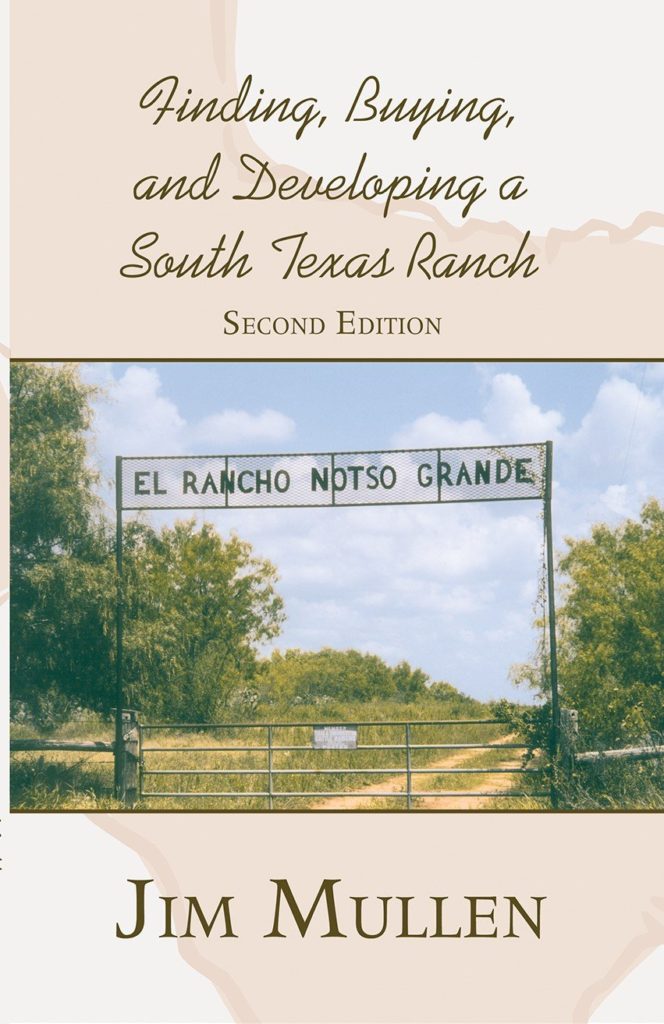
Now that you own a ranch, what is a ranch, what is it you own? A ranch, be it 10 acres or 10,000 acres is a living machine. It takes in moisture and sunlight and converts them into food, food for animals, insects, and plants. Such a machine is known as an ecosystem.
A square foot is a huge ecosystem for microbes, a square mile is an ecosystem for a Whitetail buck, and a hundred square miles is an ecosystem for a Mountain lion. Whatever that organism needs to survive and reproduce must be available somewhere in the system or the organism must leave or die out.
How many individuals and how many species can exist in an ecosystem is determined by space and the richness of the system, how much energy it can produce, given the weather, soils, and current occupants. This concept is called the carrying capacity. Carrying capacity as applied to animals is the number of animals that a given tract of land can support in a healthy fashion.

At or below carrying capacity, a population, be it wood rats, elephants, or deer, should be able to obtain adequate nutrients in the wild to reproduce, rear their young, and realize their genetic potential. Populations above carrying capacity will experience smaller body weights, a drop in reproduction, increased natality (death of young), and in the case of Whitetail deer, smaller antlers. Carrying capacity varies from place to place and varies over time on the same place. It is a function of time, weather, soils, animal densities (consumption), vegetative diversity and succession. It is easily influenced by the actions of Man. Estimating carrying capacity for any species is difficult at best and is most accurately determined by judging body condition of individuals and reproductive success of the population over time. Your ranch has a carrying capacity which will dictate to some degree its’ potential, whatever your management objectives.

Speaking of which, what are your management objectives? You should have some idea at this point what you bought the ranch for. It can be any number of things including trophy deer, great fishing, or blue-ribbon cattle. The majority of ranch buyers today are primarily interested in managing for Whitetail deer. A few are more interested in Bobwhite quail than deer, and a tiny fraction of the people buying ranches still see livestock as the primary reason they bought a place. These purposes need not be mutually exclusive, and a wise landowner seeks out management schemes that above all nurture the land.

Take a moment to set your objectives down on paper so that, as you read the following pages, you can better design your management plan. If you need help, the Texas Agricultural Extension Service and the Natural Resource Conservation Service are two great sources. They provide hundreds of pamphlets on land management and are available to help you through the planning process. These are governmental agencies and provide their services at no charge. As mentioned earlier, they are spread pretty thin though, and you need to be patient. If your objectives are specifically directed towards wildlife, Texas Parks and Wildlife provides excellent advice on managing wild game. If anything, however, their field technicians are even more overloaded, and appointments are necessary.
The following are discussions on the different components of a ranch management plan to help you learn how the system works and what impact you can have on your new ecosystem.







